A Better End To The Day For Better Healing

Summary: Previously resisting structure, the author has finally embraced a bedtime routine for healing. Yoga stretches, skincare, dental care, hydration, gratitudes, and prayer now anchor her evenings. Planning the next day ensures productivity without stress. Fiction reading and experimenting with sound frequencies add relaxation. Candlelight aids skincare, all in pursuit of restful sleep and holistic healing.
The Bedtime Routine. I don’t know why I have resisted this concept for such a long, long time. It could be that it’s because I’m a night owl. I love those deeply quiet and restful hours of the early morning when the world is asleep and peaceful. Or it could be because, as a parent, those few hours after the little ones are asleep seem so short and so full of possibility.
Whatever the reason, I resisted and resisted giving my evening hours to something as structured as a ‘routine’. It felt onerous and long-winded and, well, just hard work at the end of a long day. But I knew that it was a brilliant time to be working on healing, rather than my total number of accumulated telly hours, so I took the plunge. And, as is my way, I went at it with full force…!
Designing My Bedtime Routine
I considered many options for my bedtime routine. Audiobooks, reading, baths (with or without essential oils, epsom salts and all other kinds of healing products), hydration, reflections on my day, gratitudes, affirmations, yoga, stretching, journalling, diffusing essential oils, facial cleansing routines, drinking herbal teas and so on…!
I started to realise that, if I didn’t narrow down my to-do list, I would actually still be awake in the early hours of the morning but, this time, it would be because I was still slogging through my bedtime routine! I decided to trust my intuition on this and go with what I felt drawn towards. Some things jumped out at me immediately…
Yoga Stretches (10 Minutes)
I felt some yoga stretches before bed sounded great. I love yoga and always feel restored and relaxed after spending some time on the mat. However, it’s something I only seem to do sporadically these days so the idea of incorporating that into a daily routine ticked both boxes. So yoga was in.
Cleanse, Tone And Moisturise (5 Minutes)
My appearance, and more importantly how I feel about my appearance, has become more important to me over the preceding months. I have never really invested in my skin and have always found beauty regimes to be too much effort for too little output. But a simple cleansing and moisturising routine felt doable. So that made the list.
Brush And Floss Teeth (5 Minutes)
Of course, dental hygiene goes without saying! I would like to have teeth when I get to old age and diabetics are at increased risk for a whole host of dental problems, including being more prone to gum disease. As part of my intention to reduce toxins in my life, I considered using herbal toothpaste. I actually started this and bought a well-known brand. However, within three months of using this, I was found to have my first ever filling. Perhaps coincidence, perhaps not. But I didn’t want to risk any more problems so I’ve scrubbed that idea and gone back to standard toothpaste. So… Teeth brushing (with a standard toothpaste!), check. Flossing, check.
A Glass Of Water (1 Minute)
Hydration. So, as you know, I now live in an extremely hot desert climate so hydration is on my mind at all hours! I never used to drinking water at night because it often disrupted my sleep due to much needed loo break. However, out here, I am now waking up each morning feeling very thirsty and that doesn’t create a good bodily environment for healing. A glass of water is now part of my night-time ritual.
Gratitudes (5 Minutes)
I tried to make a gratitude practice part of my morning routine but I struggled to name lots of things I was grateful for when I’d just staggered out of bed! I always seemed able to remember to be grateful for my sleep but that was about it!! I hope that, by making this part of my evening routine, I will be able to reflect on my day and all the wonderful moments in it. I hope it will therefore strengthen and deepen my gratitude practice. For now, I will start with three gratitudes every night.
Prayer (1 Minute)
How much did I resist prayer in my life?? Wow, it has hardcore! For years, I didn’t want to pray to a god that I felt had cursed me with diabetes. I didn’t feel He/She deserved as much as a hello from me! I think that the addition of prayer into my night-time routine shows just how far I have come on my healing journey already. I don’t have any set format for praying. I just treat it as a time for me and God to talk, for me to say whatever’s on my mind and, when I can, offer gratitude for all that He/She has done for me and given me.
Plan For The Next Day (18 Minutes)
i have been getting more into self-development lately and I have heard again and again the phrase ‘those who fail to plan, plan to fail’. I don’t know how much that is true but I do know that, on the days that I have made a plan for my time, I get a whole lot more done than on the days when I don’t plan. So planning is in there. But please note that this is not an all-out plan-every-minute kind of thing. It’s more ‘these are the things I want to get done and what is the best order I can do it in’. If I plotted every minute of my day, I dissolve into a stress heap when I got five minutes behind schedule. That isn’t good for creating a stress-free environment for my healing to take place!
Reading Fiction (15 Minutes)
Ah, reading! I love reading!! I have found that, as my healing journey continues, I seem to be devoting more and more of my time to reading factual books about healing. Consequently, less and less of my time is devoted to reading fiction. I feel the balance between work and play is important in life so time needs to be made for enjoyment and relaxation. Reading fiction answers this call for me. Moreover, a gentle story sets me up well to drift off into the land of nod so I have added 15 minutes of reading fiction to my plan.
Finishing Touches
Once I’d worked out what I wanted to include in my bedtime routine, I then had to figure out how long to allocated to each item (see above). I didn’t want to spend more than an hour on my routine so I allocated that hour according to how long I felt each activity would realistically take. I might have to adjust as time goes on.
Then, the last thing to do was decide the order of the activities. I decided I would start in my bathroom as this was the furthest from my bed. That meant doing my ‘cleanse, tone and moisturise face’ and ‘brush and floss teeth’ first. I followed those with my yoga stretches in my bedroom, since these needed to be completed before I could get into bed. Then, from the comfort of my bed, I chose to plan my day first. I knew that this activity would wake my brain up a bit and I needed to save some more calming, less engaging activities for after that. I therefore follow my planning with my glass of water, gratitudes and prayer. I complete the routine with reading my fiction book for fifteen minutes and then turn the light off. Job done! Night night, sleep well.

A Couple Of Extra Things
You might have noticed that I have added candlelight to my skincare routine and sound frequencies to my yoga stretches. The reason for the candlelight is due to something I read in the book ‘Sleep by Nick Littlehales’. He discusses the importance of avoiding bright light on the run-up to bedtime. I really recommend that book if you need to improve the quantity and/or quality of your sleep!
The reason for the sound frequencies is a little less delineated in my mind. I have been hearing great things about the healing qualities of sound frequencies and so I have started to experiment with solfeggio frequencies. Because of the link diabetes has to past trauma and the solar plexus chakra, I am focussing on the frequency of 417 Hz. At the moment, the only time I play solfeggio frequencies is during these ten minutes that I’m doing my bedtime yoga poses. But it’s a start!

GET HEALINGT1D’S FUTURE ARTICLES IN YOUR INBOX!
Get the latest musings and findings straight to your email inbox.

Natalie is a blogger with Type 1 Diabetes. Natalie’s special gifts are questioning the status quo and being a rebel. She is using these gifts to question medical ‘knowledge’ and find a true cure for Type 1 Diabetes.



 Dairy affects my mood?! I never knew this!! When I moved to the Middle East six months ago, the amount of dairy in my diet dropped considerably. I just didn’t find it so readily available out here. I didn’t really notice how little of it I was eating until I moved into our new home and started reverting to my old way of eating. And, boy, did I get angry… And moody… And crabby… And exhausted… And tearful… And snarky… And, frankly, depressed.
Dairy affects my mood?! I never knew this!! When I moved to the Middle East six months ago, the amount of dairy in my diet dropped considerably. I just didn’t find it so readily available out here. I didn’t really notice how little of it I was eating until I moved into our new home and started reverting to my old way of eating. And, boy, did I get angry… And moody… And crabby… And exhausted… And tearful… And snarky… And, frankly, depressed.





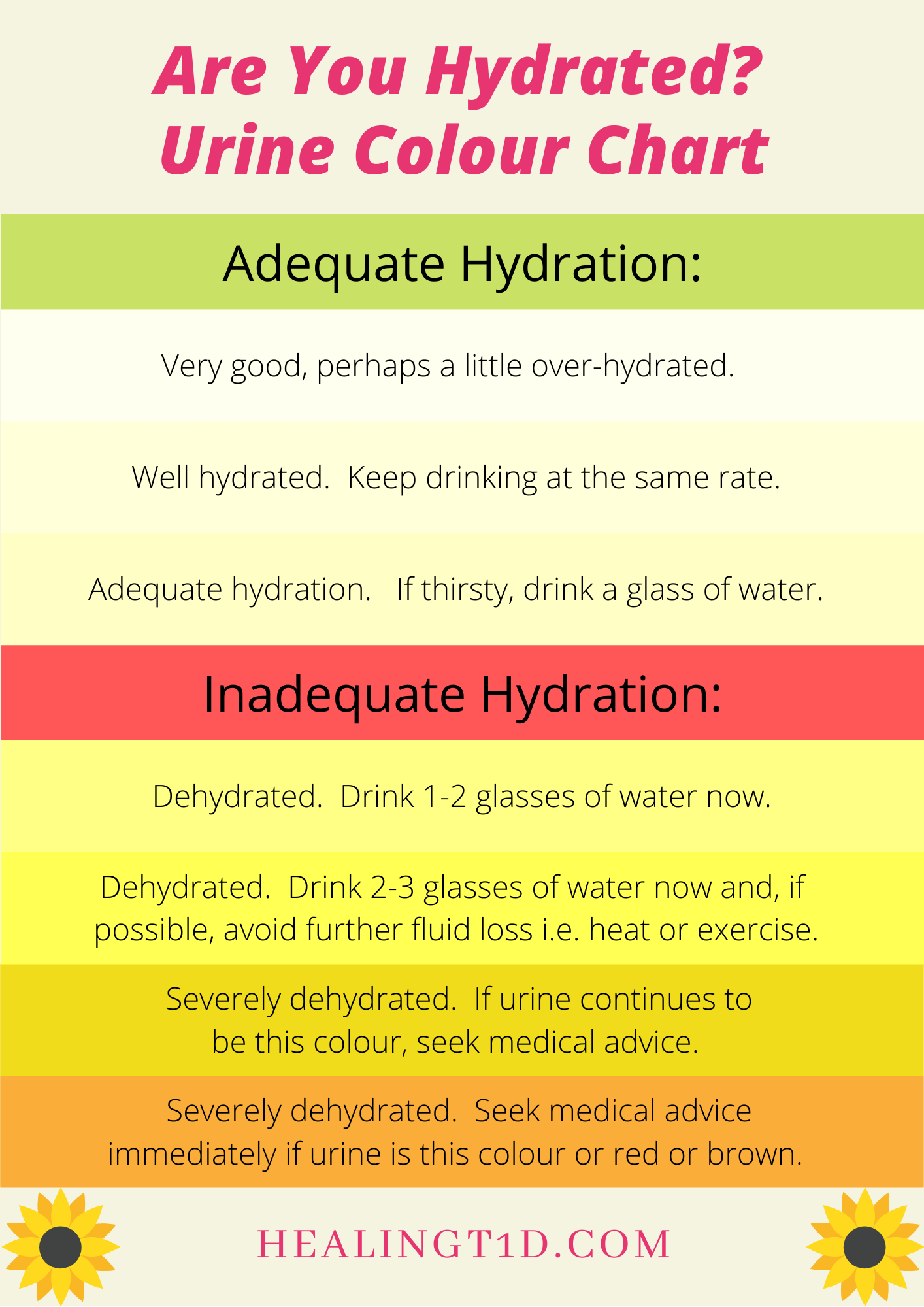




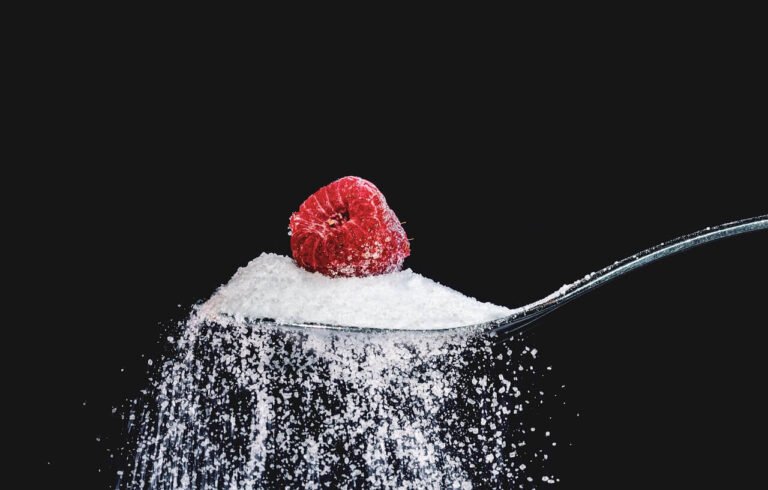






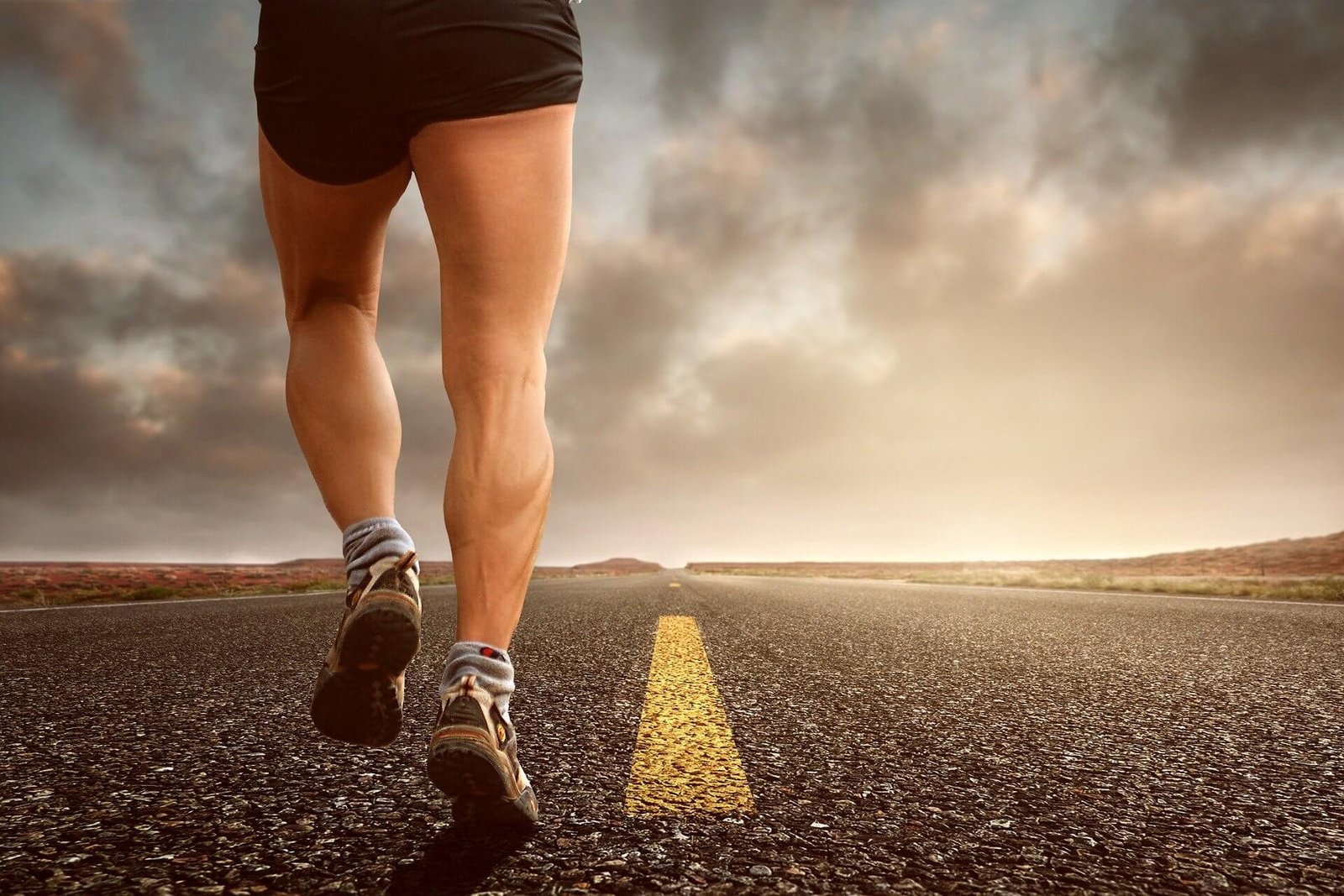


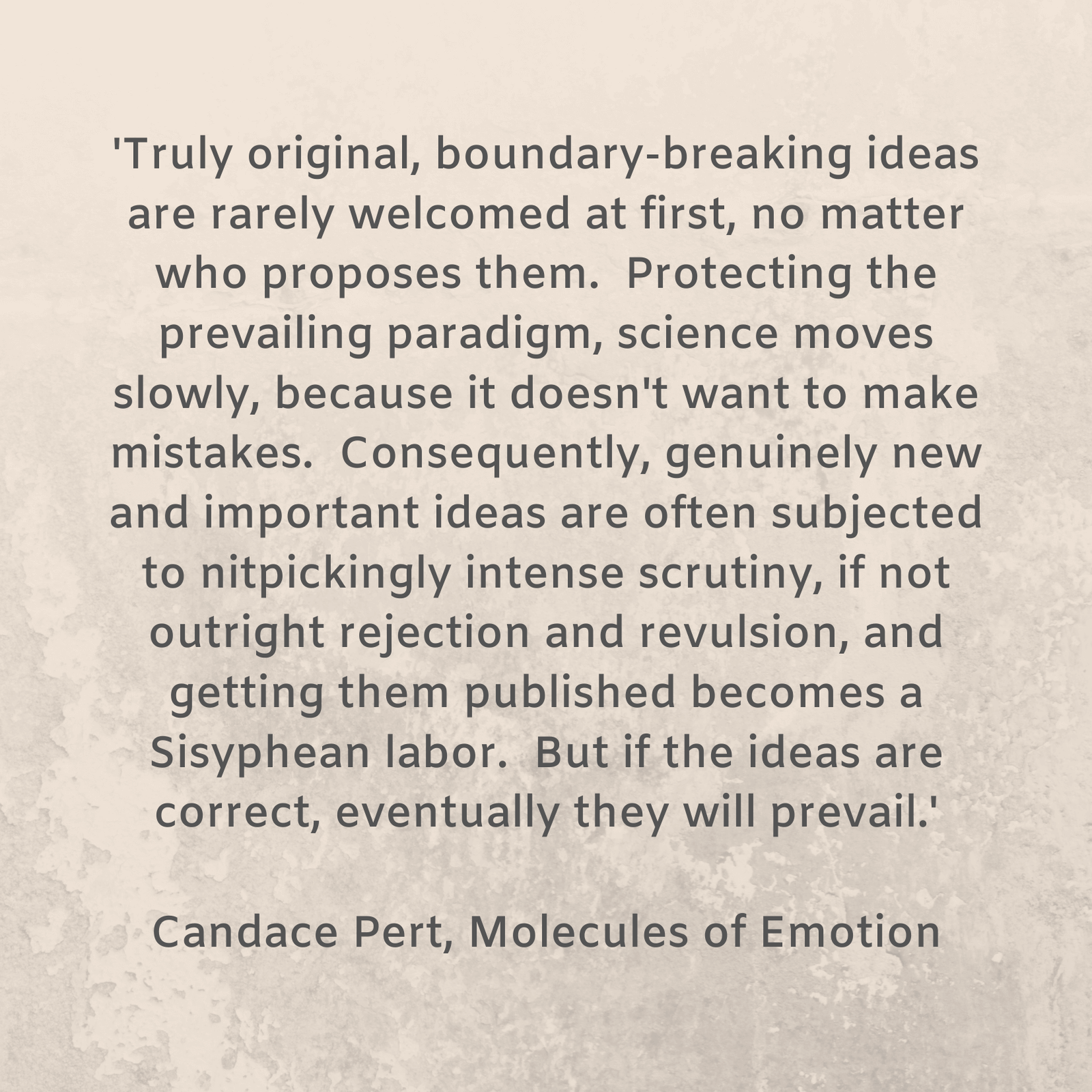

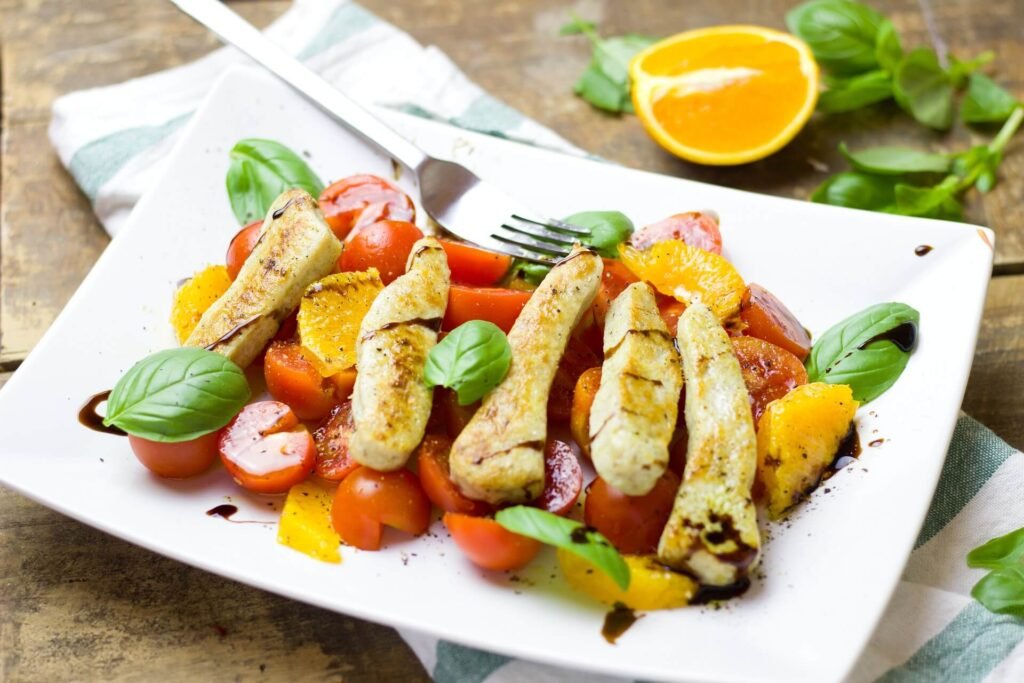

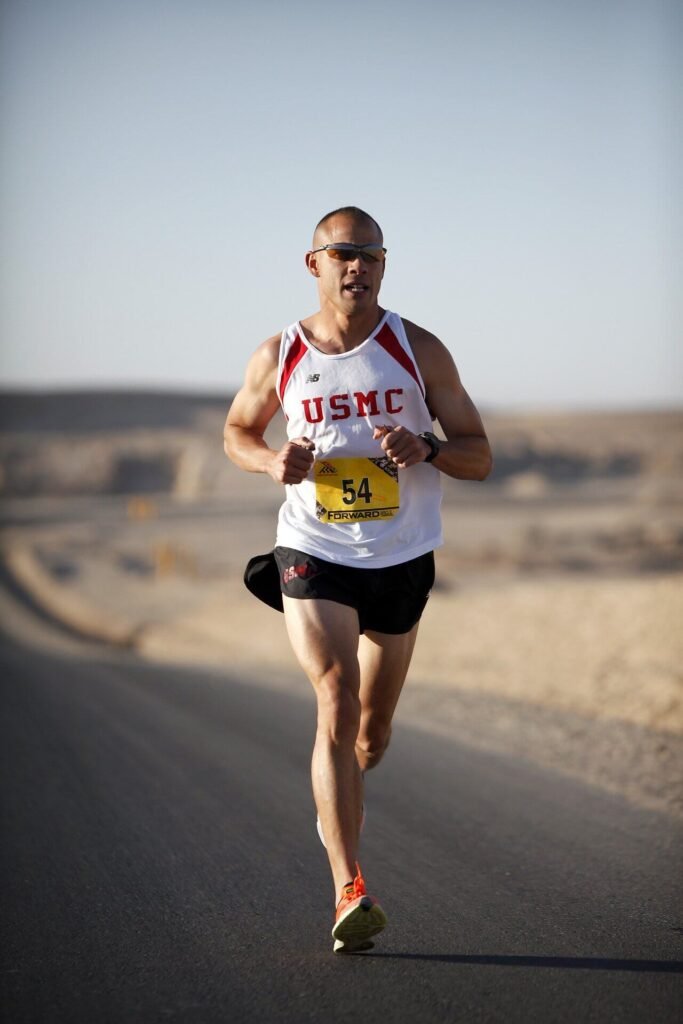






















Recent Comments: